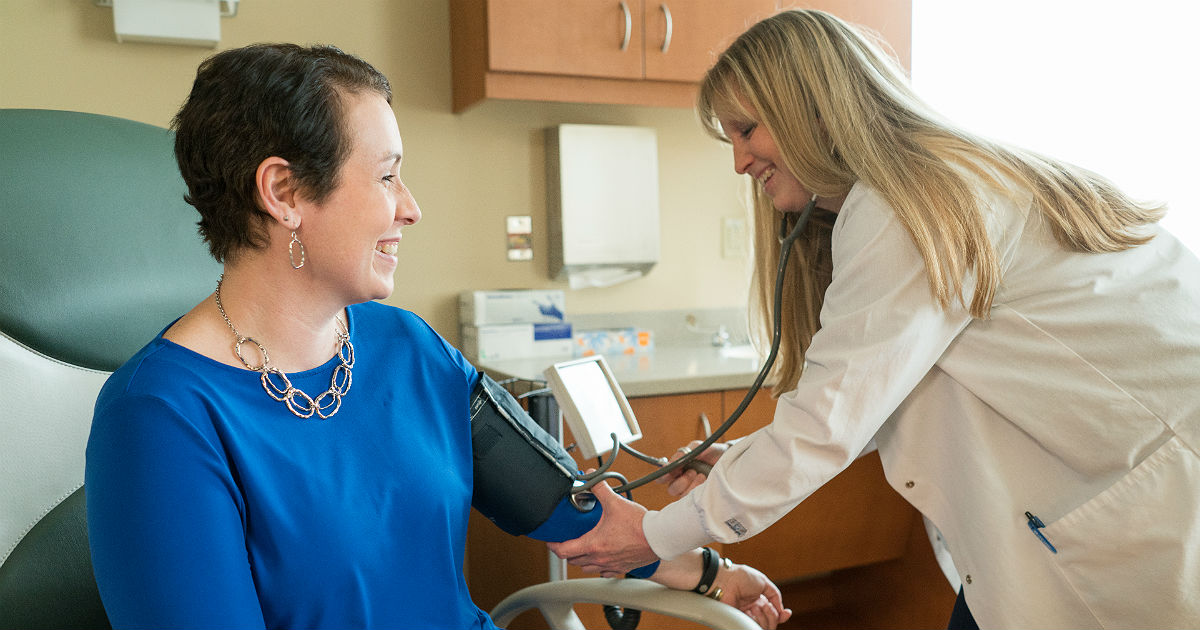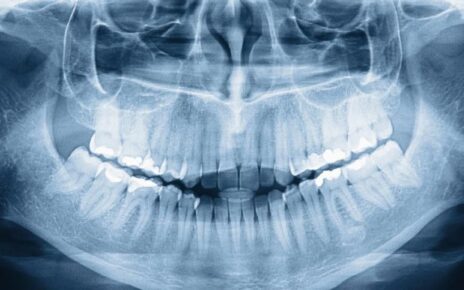Tumour markers are a series of substances, usually proteins, that can be found elevated in the blood or urine of people with various cancers and can also be detected in biopsies obtained from tumour tissue. Each type of tumour marker is more or less specific for a particular kind of cancer.
It is vital to underline that people who, despite having a type of cancer that usually presents with positive tumour markers, may have negative traits. That is, having negative features for specific cancer does not rule out that a person may have said cancer. The opposite can also happen. There are people with various elevated tumour markers who do not have any cancer. All this means that, unfortunately, many tumour markers are neither sensitive (they are not always increased when cancer is present) nor specific (sometimes they are raised when there is no cancer). For all these reasons, the elevation of a tumour marker is never helpful in diagnosing the existence of cancer, and it is necessary to combine its determination with other types of tests. The lack of sensitivity and specificity of these markers means that most of them do not help detect the presence of cancer in its early stages. For this reason, they are not determined indiscriminately for everyone since the harm may be greater than the benefit.
The substances that serve as tumour markers can be produced by the cells of the tumour itself, by cells of our body in response to the said tumour or by any other process unrelated to cancer.
The higher the amount of a tumour marker in the blood or the more significant the clinical suspicion, the greater the possibility that the tumour exists.
What are tumour markers used for?
Tumour markers serve:
To study the possibility of hidden cancer in healthy people. In general, they are hardly used for this function since, as mentioned above, they have many false positives (the result is positive, but there is no tumour) and false negatives (the result is typical, but there is cancer that has not been detected with the proof). PSA determination for prostate cancer would be an example of this use.
Look for cancer when there is clinical suspicion that an occult tumour may be present (for example, in the study of unexplained weight loss).
To determine the extent of the tumour.
To assess the prognosis of cancer and the type of treatment recommended applying.
To evaluate response to treatment. For example, after specific treatment, the amount of the marker in the blood may be significantly reduced or disappear, and its subsequent elevation may indicate that there is a relapse. In general, rather than to diagnose the presence of cancer, they are often used to assess the response of cancer to the applied treatment.
What types of bookmarks are there?
Numerous tumour markers and new markers are increasingly being incorporated into clinical practice. Among them, the most used are:
PSA ( Prostate Specific Antigen ). It is one of the most sensitive and specific, which has led to its use as a test to rule out prostate cancer in men over a certain age. However, its usefulness is not clear given that many patients with a positive result are subjected to different tests that are more or less bothersome and with various adverse effects to conclude that there was no cancer (false positive). Furthermore, a strategy based on routinely requesting this test from men has not been shown to increase survival.
CA 125. It is used to detect ovarian cancer, but due to its low sensitivity and specificity, its systematic determination is not recommended in all women. It is often used to assess whether ovarian cancer has responded to treatment or if it comes back after treatment. CA 125 may be increased in other benign gynaecological diseases, such as fibroids or endometriosis, in many non-gynaecological diseases, or cancers outside the ovary.
CA 19-9. It is seen in some patients with cancers of the digestive system, mainly pancreatic cancer and colon cancer. It may also be increased in people with thyroid disease, pancreatitis, inflammatory bowel disease, or other nonmalignant diseases.
Carcinoembryonic antigen (CEA). It is seen elevated in some patients with colon cancer. It may also be increased in patients with breast cancer, ovarian cancer, lung cancer, and pancreatic cancer. In colon cancer, the prognosis is worse the higher its concentration. It may also be increased in other non-tumour diseases such as hepatitis, COPD, colitis, pancreatitis or healthy smokers.
AC 15-3. It is requested in breast cancer. However, it is only increased in 1 in 10 women with early-stage breast cancer. It may be increased in women who do not have cancer or who have ovarian cancer or lung cancer.
CA 27.29. It detects the same as CA 15-3, although it is more specific, that is, if it comes out positive, it is more likely to be due to cancer than to another cause. However, it can also be elevated in cancers other than breast cancer and positive in people without tumour disease.
CA 72-4. It can be seen elevated in cancers of the digestive system, especially stomach cancer.
HER-2. It is a marker that identifies certain breast or stomach cancers that can respond satisfactorily to a certain type of treatment. Its determination is not made on a blood test but through a biopsy of the tumour tissue.
HER-1 or EGFR (Epidermal Growth Factor Receptor). It is a marker that identifies small cell lung cancers and cancers of the head and neck, colon cancer, breast cancer or pancreatic cancer that are more resistant to chemotherapy but may respond better to a specific treatment. Its determination is not made on a blood test but on the biopsy of the tumour tissue.
Alpha-fetoprotein. It is elevated in some patients with liver cancer (hepatocarcinoma). However, it can be elevated in many other noncancerous liver diseases, such as acute and chronic hepatitis. It also serves to monitor response to liver cancer treatment. Other rarer tumours, such as certain testicular or ovarian cancers, can also present with an increase in this substance in the blood.
HCG (Human Chorionic Gonadotropin). It is increased in some ovarian and testicular cancers and hydatidiform mole and choriocarcinoma.
Bcr-abl. It can be seen in patients with chronic myeloid leukaemia.
Beta-2-microglobulin (B2M). It is increased in various blood tumours such as leukaemias, lymphomas and multiple myeloma. It can also be increased in noncancerous kidney and liver diseases. Cancers with very high B2M values have a worse prognosis.
BTA (Bladder Tumor Antigen). It is measured in urine. It is a marker for bladder cancer, but it can also be increased in people with kidney stones or urinary tract infections.
Calcitonin. Increased in a special type of thyroid cancer.
Chromogranin A. Increased in carcinoid tumours and small cell lung carcinoma.
NSE (neuro-specific enolase). It is a marker for carcinoid tumours, like chromogranin A. It can be used to assess response to treatment.
MPN22. It is elevated in the urine of some patients with bladder cancer. It is not used to detect tumours but to assess relapses after treating patients with this type of cancer.
KRAS. This is a mutation seen in some colon cancers that makes them resistant to treatment with cetuximab and panitumumab, drugs occasionally used to treat these tumours. Lung cancers with this mutation also do not respond to treatment with erlotinib and gefitinib.
S-100. It is a marker for melanoma when it is widespread.





